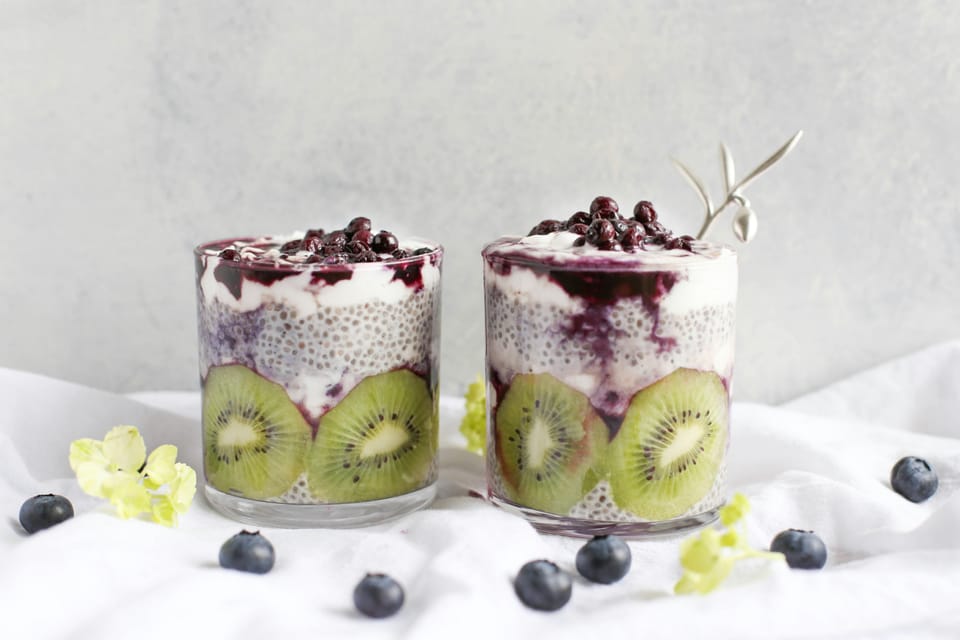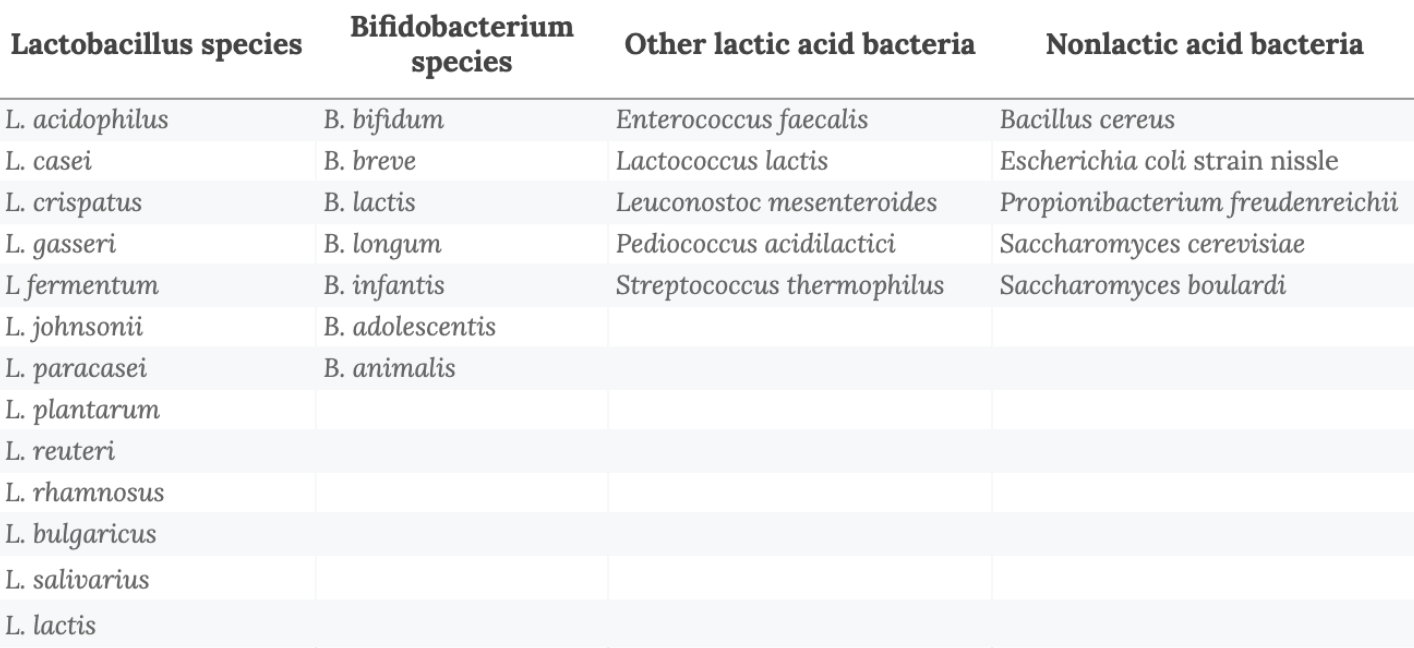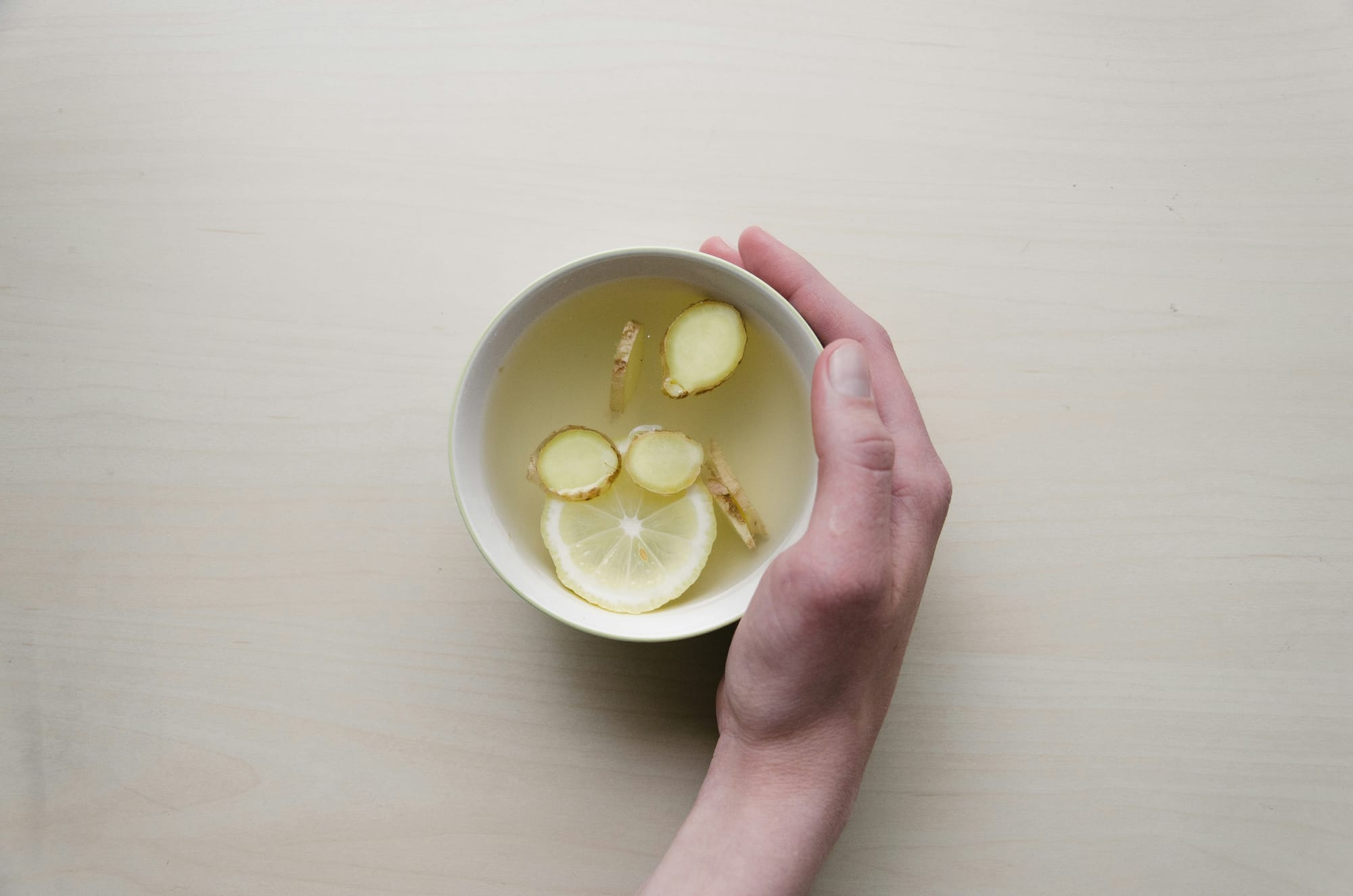5 Simple Steps to Improve your Gut Health

The gut microbiome plays a crucial role in human health, affecting everything from metabolism and immune function to mental health and chronic disease development. Diet is one of the most significant factors influencing the composition and diversity of the gut microbiome but there are also other lifestyle changes that can encourage a healthy gut.
Note: Skip this section if you already know about the gut :)
What is the gut microbiome?
The gut microbiome consists of trillions of microorganisms, including bacteria, viruses, fungi, and other microbes, residing in the digestive tract. These microbes perform essential functions like aiding digestion, synthesizing vitamins, modulating the immune system, and protecting against harmful pathogens.
Research shows microbiome's involvement in various diseases, including:
- Metabolic Disorders: An imbalance in gut bacteria can lead to obesity, type 2 diabetes, and insulin resistance due to impaired metabolism of fats and sugars.
- Inflammatory Diseases: Dysbiosis has been linked to inflammatory bowel diseases (IBD), such as Crohn’s disease and ulcerative colitis, due to the microbiome’s role in regulating the immune system and gut inflammation.
- Mental Health: The gut-brain axis is discussed, showing how gut microbes can influence mental health by producing neurotransmitters and affecting mood disorders like anxiety and depression.
- Cardiovascular Disease: The gut microbiome is implicated in the metabolism of certain nutrients, such as choline and carnitine, which can increase the risk of heart disease by producing harmful compounds.
Diet is one of the most powerful tools for improving gut health. Two key elements that play a major role are probiotics and prebiotics.
Probiotics
Probiotics are foods or supplements that contain live organisms that help restore or maintain a healthy gut microbiome. They can be found in supplements as well as fermented foods.
Probiotics in Supplements
By paying attention to strain names, colony-forming units (CFU) counts, and specific probiotic-related terms and expiration dates on the label, you can make informed decisions around intaking probiotics whether that may be through natural foods or supplements.
Strain Identification
A clear identification of the specific probiotic strain is important because different strains have different effects on health.
- Probiotic strains are typically listed by their genus, species, and sometimes strain number. For example, a label might show:
- Lactobacillus rhamnosus GG (genus: Lactobacillus, species: rhamnosus, strain: GG)
- Bifidobacterium lactis HN019 (genus: Bifidobacterium, species: lactis, strain: HN019)
Probiotics can include various microorganisms, with the most common being bacteria from the Lactobacillus genus and Bifidobacteria genus. They are often abbreviated as L. or B. and combined with the individual species name, such as lactis (B. lactis).

Colony-forming units (CFUs)
- The amount of probiotics in food is measured in colony-forming units (CFUs) which is a measurement used to indicate how many microorganisms in a product
Many probiotic supplements provide 1 to 10 billion CFU per serving, with some containing as much as 50 billion CFU or more. However, a higher CFU count doesn't always enhance the product's health benefits. Since probiotics need to be alive to provide health benefits, it's important to choose products that indicate the number of CFUs at the end of their shelf life, not at the time of production. Many (but not all) probiotic supplements are refrigerated as heat can kill microorganisms.
It’s often advised to choose a probiotic with at least 1 billion CFUs, but it's always best to consult your doctor or a qualified professional to determine what's right for your individual needs.
Probiotics in Foods
Identifying probiotics on food labels requires a careful look at the ingredients and other label information. In some cases, probiotics might be listed directly in the ingredients section, along with other additives. Look for specific probiotic strains in this part of the label. The seven common microbial organisms used in probiotic products are Lactobacillus, Bifidobacterium, Saccharomyces, Streptococcus, Enterococcus, Escherichia, and Bacillus, according to the National Institute of Health.
Potential concerns in probiotic foods:
'Live and Active Cultures'
Some products, especially yogurt and fermented foods, may include terms like "contains live and active cultures" on the label. While this indicates the presence of probiotics, it doesn’t specify the strain or amount. You can look on the ingredients to find the bacteria. For example, you will find probiotics such as Lactobacillus bulgaricus and Streptococcus thermophilus in many commercial yogurts.
Health Claims
Probiotic products often make health-related claims such as "supports digestive health" or "boosts immunity." These claims can indicate that the product contains beneficial probiotics, but it's important to verify the specific strains and CFU count to ensure effectiveness.
Prebiotics
Prebiotics are non-digestible fibers that work by promoting the growth of beneficial bacteria, such as Bifidobacteria and Lactobacilli, in the gut. Bacteria break down prebiotics into short-chain fatty acids (SCFAs), such as butyrate, propionate, and acetate, which have various health benefits:
- Improved gut health: SCFAs support the integrity of the gut lining, enhance digestion, and reduce inflammation.
- Boosted immune function: Prebiotics help modulate immune responses and reduce the risk of infections.
- Enhanced mineral absorption: Prebiotics improve the absorption of minerals like calcium and magnesium, promoting better bone health.
Both probiotics and prebiotics work together to contribute to a healthy gut. Incorporating foods rich in these components is one of the easiest ways to support your microbiome.
5 Simple Steps to Improve Your Gut Health

1. Incorporate Probiotic-Rich Foods
Adding probiotic foods to your diet introduces beneficial bacteria to your gut. Including these regularly can promote a more diverse and balanced microbiome. Some common foods that naturally contain probiotics or have probiotics added to them include:
- yogurt
- miso
- kefir
- kimchi
- sauerkraut
- sourdough bread
- pickles
- fermented cheeses: gouda, cheddar, Swiss, Parmesan
2. Increase Prebiotic Fiber Intake
Prebiotic fibers are essential for feeding the healthy bacteria in your gut. By incorporating prebiotic-rich foods, you'll fuel the growth of beneficial bacteria that support digestion and overall gut health. Foods high in prebiotics include:
- Legumes, beans, and peas
- Almonds, almond flour
- Oats
- Bananas
- Flax or flaxseed
- Berries
- Asparagus
- Garlic, leeks, and onions
3. Stay Hydrated
Drinking plenty of water is crucial for digestion and the health of your microbiome. Water helps break down food and supports the gut lining, which aids in nutrient absorption. Aim to drink at least 8 cups (64 ounces) of water per day to keep your digestive system functioning optimally.
4. Reduce Processed Foods and Sugar
Highly processed foods and excess sugar can disrupt the balance of bacteria in your gut, promoting the growth of harmful bacteria. Reducing your intake of ultra-processed foods and sugar can help maintain a healthier microbiome. Opt for whole, nutrient-dense foods that support gut health.
5. Manage Stress
Stress negatively impacts gut health by altering the balance of good bacteria and harmful bacteria that has been linked to . Incorporating stress-management techniques such as meditation, deep breathing, and regular exercise can help keep your gut healthy and functioning properly.
Final Thoughts
Improving your gut health doesn’t have to be complicated. By incorporating probiotic and prebiotic foods, staying hydrated, and making mindful lifestyle choices, you can develop a healthier gut.